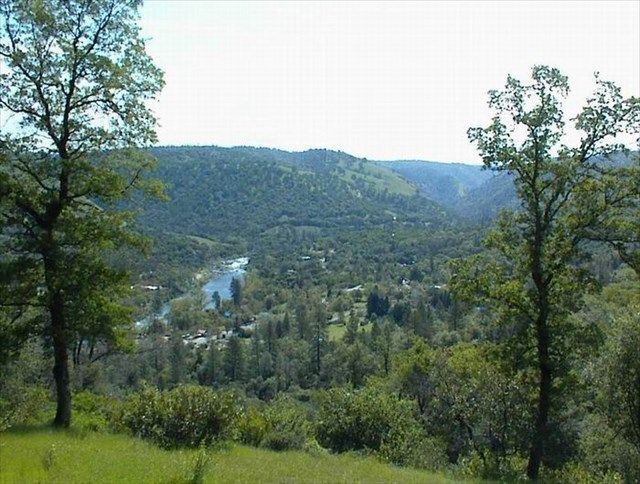Find the Monument Trail near the Gold Discovery Museum to head by foot to the James Marshall Monument, which stands on a hilltop overlooking the Coloma Valley. The trail is short (about a half mile), but steep, and ends at the monument and grave where a statue of James Marshall points to the location where gold was discovery January 24th, 1848.
Hikers can turn around here, or continue on from the parking lot along the Monroe Ridge Trail, about a 3-mile walk to the North Beach picnic area, at the northern edge of the park. Even a half-mile up, with views down on the James Marshall Monument and Mount Murphy in the background, is worthwhile despite the heart-thumping hike. Farther up, at the top of Monroe Ridge, views encompass both the Coloma and Lotus valleys.
The trail ends at the Monroe Orchard. The family’s orchard allowed the Monroe's, an African American family, to eventually own most of Coloma by selling their abundance of fruit and produce to hungry miners in the region.
Throughout the park, pause among native California riparian oak woodlands, as well as the Chinese Tree of Heaven, black locust, Texas mesquite, Southern pecan, Osage orange, persimmon and other trees planted by homesick miners as reminders of their former dwellings. Along with Coloma’s historic buildings, they stand as a silent reminder of the Gold Rush-era boomtown.
